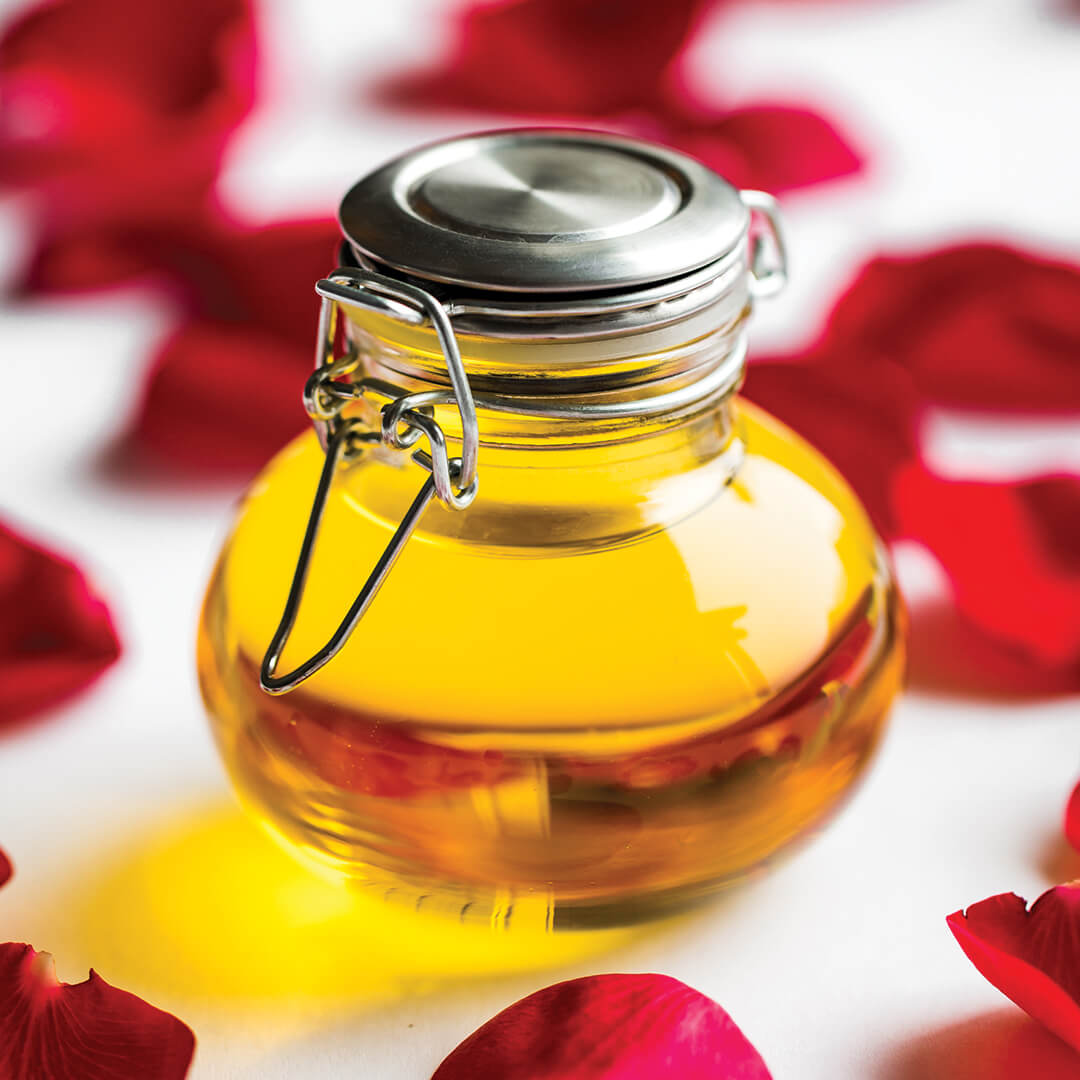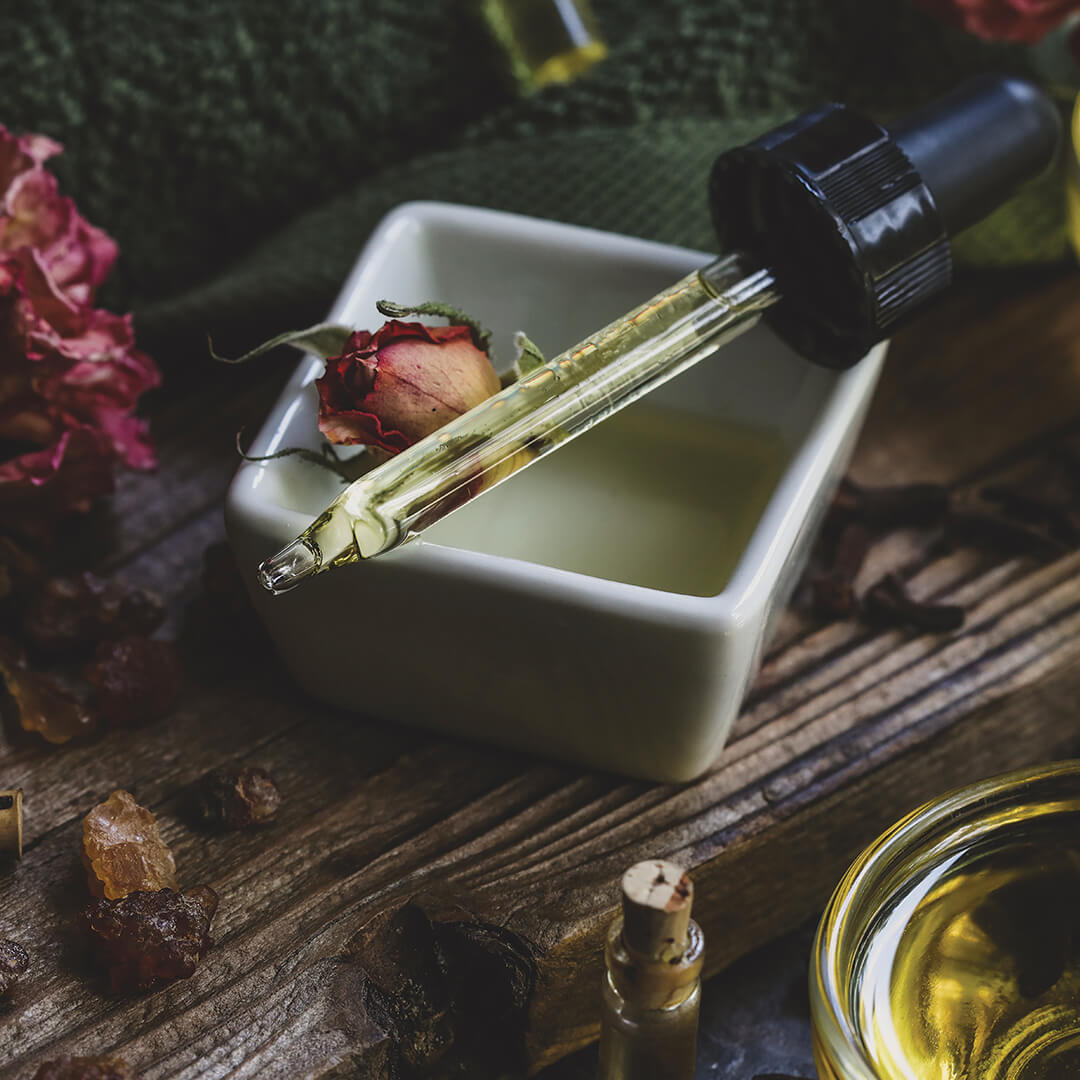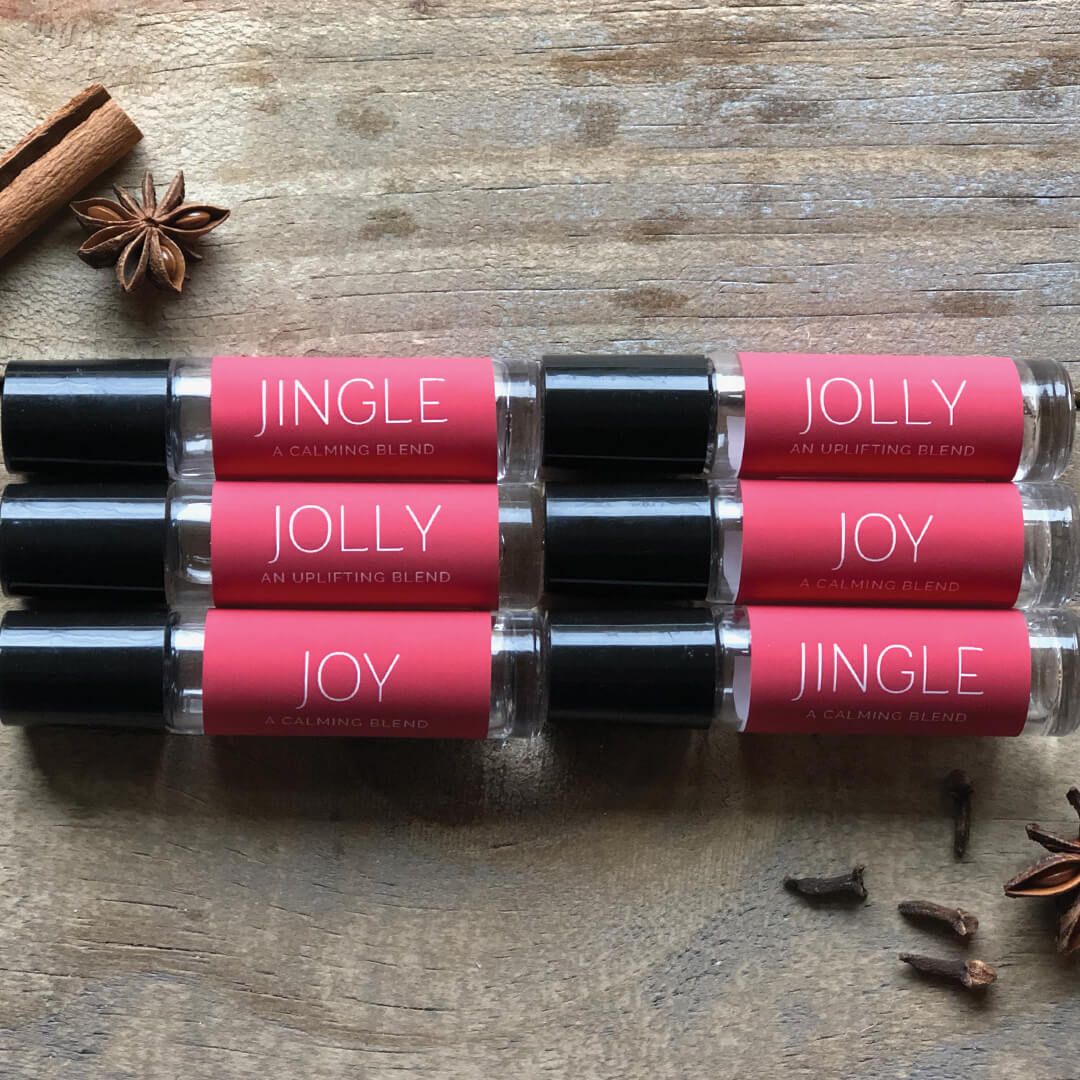How to Use Sweet Almond Oil for Aromatherapy
0 Comments
Photo Credit: Iselin Amanda Støylen
Often known as the “king of nuts,” the almond isn’t just for adding to trail mix or snacking on. The oil from this nutrient-rich nut has multiple benefits to offer. Whether you want to reduce inflammation, fight aging, or improve skin health, sweet almond oil is a versatile solution. In this article, we’ll delve into sweet almond oil and how to use it for aromatherapy.
Table of Contents
About Sweet Almond Oil
What is Sweet Almond Oil?
Extracted from the kernels of sweet almond trees (Prunus dulcis), sweet almond oil has been part of various ancient practices. The name “almond” derives from the Greek word “amygdalē.” Intriguingly, the word “amygdala” – the brain part that helps with emotion regulation and memory formation – also has a similar origin. Research, on top of that, showed almonds and the extracted oil could improve the role of this brain part.
Bitter and Sweet Almond Oil: The Difference
Two types of almond oil exist: bitter and sweet. Bitter almond oil comes from bitter almonds and contains amygdalin, which can release toxic cyanide. This nature, therefore, limits its usage to processed forms. Used in trace amounts for flavoring, it has a distinct and intense flavor.
Conversely, the kind better suited to your skin is the sweet kind. Sweet almond oil lacks the toxic component while having a gentle scent and subtle nutty taste. Because of that, it shines in both culinary and cosmetic roles.
The History
The story of sweet almond oil stretches back thousands of years, making its mark in various cultures and civilizations. The ancient Egyptians valued almond oil for its protective properties against the harsh desert climate. In Greek mythology, almonds were a symbol of fertility and new beginnings. The Greeks and Romans used almond oil in their beauty rituals and massage therapies, praising its nourishing effects.
Sweet almond oil is also prevalent in Ayurveda, the traditional Indian system of medicine. Ayurvedic texts highlight the therapeutic properties of almond oil and its role in promoting health and vitality.
Nutrients in Sweet Almond Oil
It contains these nutrients:
- • Omega-3 fatty acids may help safeguard against sun damage and avert premature aging.
- • Vitamin E may help reduce damage caused by ultraviolet rays from the sun and prevent cell damage.
- • Vitamin A contains retinol that can smooth fine lines and stimulate skin regeneration.
- • Zinc is essential for healing acne or other facial scars.
The Production Process
To fully appreciate sweet almond oil’s health benefits, it is essential to understand the production process.
The journey from nut to oil involves a few steps. First, the seeds (kernels) are carefully harvested and processed to remove the outer husk. These then undergo a cold-pressing method, which extracts the oil without exposing it to high heat or chemical solvents. As a result of this process, the oil retains its natural nutrients.

Photo Credit: Heidi Shayla
Sweet Almond Oil Benefits
Sweet almond oil offers a range of advantages for both internal and external use:
- • Skin Moisturization
- • Antioxidant Properties
- • Anti-inflammatory Properties
- • Makeup Remover
- • Hair Care
- • Relief from Scalp Conditions
- • Natural Skin Cleanser
- • Improved Nail Health
- • And More
About Aromatherapy
Aromatherapy, a practice with roots dating back centuries, has recently gained widespread popularity. But what exactly is aromatherapy?
What is Aromatherapy?
Aromatherapy is an alternative holistic healing practice that harnesses the power of aromatic plant extracts. When applied to the skin or inhaled, the aromatic compounds in essential oils can lead to positive health benefits. And with these benefits proven time after time, aromatherapy has evolved into a recognized complementary therapy with various applications.
Benefits of Aromatherapy
1. Stress Relief: Aromatherapy’s potential to alleviate stress and anxiety is one of its well-known benefits. With calming attributes, essential oils like bergamot and lavender can ease the nervous system.
2. Mood Enhancement: Specific essential oils exhibit mood-improving effects. Citrus-derived oils such as lemon and sweet orange have energizing characteristics. Meanwhile, floral essences, such as rose and ylang-ylang, offer a gentler, more reassuring influence.
3. Pain Relief: Aromatherapy can reduce discomfort, including headaches, muscle soreness, and joint pain. Essential oils like peppermint and eucalyptus possess analgesic and anti-inflammatory attributes capable of easing such distress.
4. Improved Sleep: Aromatherapy can be your valuable ally in enhancing sleep quality. Oils such as valerian, vetiver, and marjoram foster more tranquil sleep.
5. Immune Support: Numerous essential oils feature antimicrobial properties that can bolster the immune system. Oils like eucalyptus may contribute to combating infections.
6. Skin Care: Essential oils have proven beneficial for conditions such as acne, dryness, and aging, promoting vibrant and healthy skin.
7. Respiratory Support: Aromatherapy may help diminish inflammation and congestion and strengthen the respiratory system.
The Science Behind Aromatherapy
At the heart of aromatherapy are essential oils. These are highly concentrated extracts obtained from various parts of plants, including flowers, leaves, and stems. And steam distillation, cold pressing, alongside solvent extraction are some processes to get these oils.
A unique combination of chemical constituents forms each essential oil. These bioactive molecules, for instance, include terpenes, phenols, esters, and aldehydes. Such compounds contribute to the oil’s distinct fragrances and therapeutic properties. For example, lavender oil is known for its calming and relaxation-inducing properties.
So, the science behind aromatherapy lies in the interaction between the aromatic compounds of essential oils and the human body.
Methods of Application
There are several methods of application, each tailored to different needs and preferences:
1. Inhalation: The most effective and popular method of aromatherapy is inhalation. It allows aromatic compounds to interact with the olfactory system by diffusing the oils into the air. The olfactory system has close connections with the limbic system, which is responsible for emotions and memories. Because of that, inhaling certain aromas can influence mood and evoke strong emotional responses.
2. Topical Application: With careful dilution of essential oils using a carrier oil, you can directly apply them to your skin. As the skin absorbs the oils, they enter the bloodstream and affect various body systems. Topical application is most effective for localized issues like headaches, skin conditions, or muscle pain.
3. Baths: Another relaxing way to experience aromatherapy is by adding essential oils to a warm bath. The steam enhances inhalation benefits, and the water aids in the dispersion of the oils.
4. Compresses: Compresses involve using a cloth soaked with water to apply essential oils to a specific body part. This method helps treat inflammation or localized pain.
5. Massage: Aromatherapy massage combines the healing power of massage with the therapeutic effects of essential oils. The oils are blended with carrier oils and massaged into the skin, inducing relaxation.


Photo Credit: Kari Peters
How to Use Sweet Almond Oil for Aromatherapy
Sweet almond oil is a carrier oil and not an essential oil. The reason is because it has a different composition and extraction process. In other words, it does not contain the highly concentrated aromatic compounds found in essential oils. Moreover, it serves a distinct purpose from essential oils.
In aromatherapy, carrier oils play a pivotal role in blending and diluting essential oils for various applications. So, sweet almond oil provides a neutral base that allows essential oils to be evenly dispersed and safely applied to the skin.
Now that you know more about almond oil, let’s explore practical methods to incorporate it into your aromatherapy routine.
Methods of Using Sweet Almond Oil for Aromatherapy
Diffusion
To use sweet almond oil in a diffuser, follow these steps:
1. Select Essential Oils: Choose essential oils that align with your desired aromatherapy benefits. For relaxation, lavender or chamomile oil works well, while peppermint helps create a more refreshing and invigorating atmosphere.
2. Create a Blend: Mix the sweet almond oil with a few drops of essential oils in a glass dropper bottle. 2-5% essential oil to carrier oil is a typical ratio. But you can adjust this based on the strength of the essential oils and your preference.
3. Diffuse the Blend: Place the blend in your aromatherapy diffuser and enjoy the soothing aroma as it fills the room.
Massage
To prepare your massage oil blend:
1. Choose Essential Oils: Select essential oils based on the desired effect. For a relaxing massage, consider using lavender, ylang-ylang, or chamomile. For an uplifting massage, try citrus oils like sweet orange or bergamot.
2. Mix the Blend: At a safe ratio (2-3% essential oil to carrier oil), dilute the oils in sweet almond oil. Afterward, store the blend in a dark glass bottle.
3. Apply the Massage Oil: Warm a small amount of the blend in your hands before applying it to the skin. Gently massage it into the skin using smooth, circular motions. Combining the soothing massage and the aroma of the essential oils will provide a truly relaxing experience.
Bath Oil
To create a bath oil blend:
1. Select Essential Oils: As some may irritate the skin when undiluted, choose only those safe for use in the bath. Lavender, geranium, and chamomile are excellent choices.
2. Blend with Sweet Almond Oil: Before adding to your bathwater, mix them with a tablespoon of sweet almond oil. The oil will disperse throughout the water, creating a moisturizing and fragrant bath.

Photo Credit: Sibyl Smith
Skincare
As a nourishing moisturizer, sweet almond oil is suitable for direct skin application. It is especially effective for irritated, sensitive, and dry skin. To make sweet almond oil part of your skincare routine:
1. Body Moisturizer: After a bath or shower, apply almond oil to your body to keep your skin supple and smooth.
2. Facial Moisturizer: After cleaning your face, with a few drops of the oil on your fingertips, gently massage it into your skin. Its swift absorption will swiftly leave your skin well-hydrated and velvety soft.
3. Makeup Remover: Remove makeup gently using sweet almond oil. Dab a modest amount onto a cotton pad and remove makeup residue from your facial skin and eye area.
Hair Care
1. Hair Serum: Rub a few oil drops between your palms. Then, to add shine and reduce frizz, apply the sweet almond oil to the tips of your hair.
2. Scalp Massage: For a nourishing and relaxing scalp massage, warm some sweet almond oil and gently massage it into your scalp. With soft, circular motions, massage the oil into your scalp. Doing so can help promote healthy hair growth and improve blood circulation.
Safety Considerations
While sweet almond oil is generally safe for most people, you should take some precautions:
• Allergy Warning: It’s best to avoid using the oil if you have a nut allergy. Before using any new oil or blend, perform a patch test to check for sensitivities or potential allergies.
• Pregnancy and Medical Conditions: If you are nursing, pregnant, or have any medical conditions, seek advice from a healthcare professional or qualified aromatherapist before using almond oil.
• Essential Oil Dilution: Always use sweet almond or other carrier oils to dilute essential oils. Do this before applying them to the skin to avoid side effects or skin irritation.
• Storage: To get longer shelf life and freshness, store your sweet almond oil in a dark, cool place away from direct sunlight.
If this information is helpful, more insights and unique bath and body recipes await you in our Willow and Sage magazine. Click here to get recipes with sweet almond oil for aromatherapy.
















